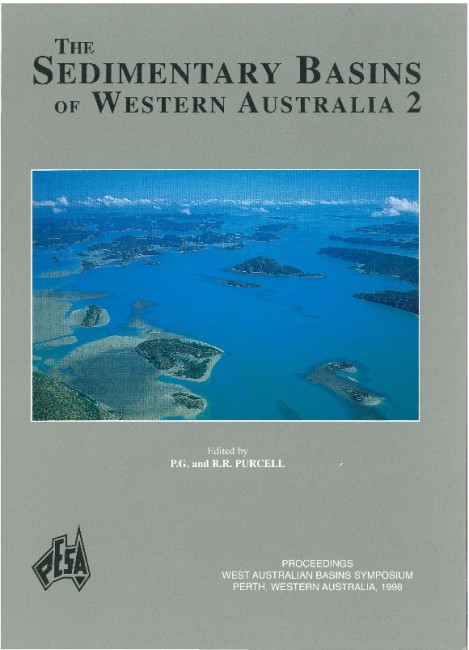Publication Name: The Sedimentary Basins of WA
Authors: Richard R. Hillis
Publication Volume: 2
Date Published: December 1998
Number of Pages: 23
Reference Type: Book Section
Abstract:
The seals to hydrocarbon reservoirs in the Timor Sea and central North Sea often fail, despite being thick shales that should not be prone to capillary leakage. It is likely that fracturing of these seals, herein termed dynamic seal failure, contributes to leakage. Previous attention to such fracture-related leakage through seals to hydrocarbon reservoirs has focused on the role of tensile fractures (also known as natural hydraulic fractures) as conduits for hydrocarbon leakage. However, with increasing pore fluid pressure, tensile fractures can only evelop in seals to hydrocarbon reservoirs if the differential stress is relatively low. If differential stress isrelatively high, shear fracturing occurs at a lower pore fluid pressure than tensile fracturing, and shear rather
than tensile fractures may provide the conduits for hydrocarbon leakage.
Mechanisms of dynamic seal failure are illustrated with reference to the Timor Sea and the central North Sea. The Timor Sea appears to be subject to higher differential stress than the central North Sea. It is postulated that increasing pore fluid pressure leads to dynamic seal failure by shear fracturing in the Timor Sea, but by tensile fracturing in the central North Sea. This hypothesis is consistent with the fact that the minimum horizontal stress provides an upper limit for pore fluid pressure in the central North Sea, but in the Timor Sea pore fluid pressures do not attain the level of the minimum horizontal stress, and may be limited to a lower level at which shear fracturing occurs. The hypothesis is also consistent with the higher level of seismicity in the Timor Sea relative to the central North Sea. Coupled changes between pore fluid pressure and total horizontal stresses may reduce differential stress as pore fluid pressure increases in the central North Sea, thereby increasing the propensity for tensile fracturing in that area.
The mechanism of dynamic seal failure has critical implications for the rientations of sealing and nonsealing faults. If dynamic seal failure occurs by tensile fracturing, faults oriented orthogonal to the minimum principal stress (those in the orientation of natural hydraulic fractures) should be assigned the highest risk of leaking. If dynamic seal failure occurs by shear fracturing, then the fracture planes of Andersonian fault mechanics (conjugate shear planes inclined approximately 30? to the maximum principal stress direction, 60? to the minimum principal stress, and intersecting in the intermediate principal stress direction) are the most prone to leaking.


